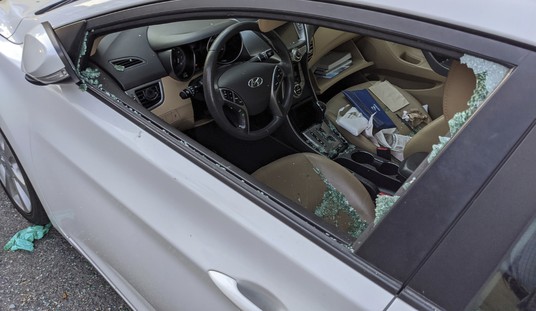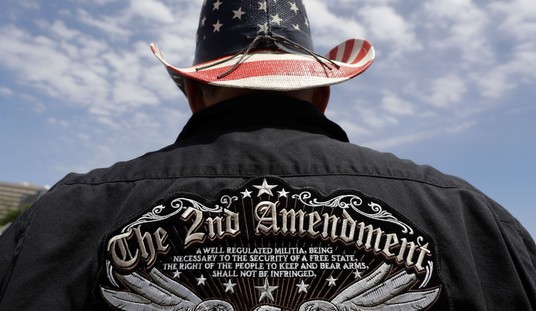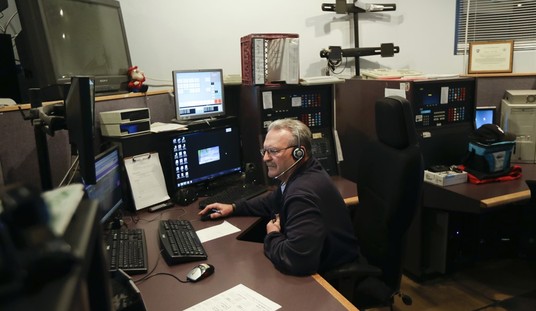The theory behind microstamping is that unique identifying codes can be embedded in the chamber and on the firing pin of every handgun so that when a cartridge fires, these unique codes are transmitted to the cartridge case. These cases ejected from semi-automatic pistols will then be extracted with the gun cycles, throwing the expended and marked case free, when it can be recovered by detective at a crime scene.
It’s a interesting theory, and one that California’s irrational gun-hating Democrat legislature implemented into a law… a law that might effectively ban the purchase of handguns in the dysfunctional state if a federal judge determines that the law may stand.
California’s gun laws are among the nation’s strictest, but a looming decision in a federal lawsuit could effectively ban handguns altogether in the Golden State, according to plaintiffs who want a judge to toss out a state law requiring all new handguns to be equipped with technology that “stamps” each shell casing with a traceable mark.
The problem with the “microstamping” law, which was signed into law by then-Gov. Arnold Schwarzenegger in 2007 but only took effect in 2013, is that it relies on an unworkable technology, according to gun manufacturers and attorneys for the Second Amendment Foundation and Calguns Foundation. If guns without the technology can’t be sold in California, and gun manufacturers can’t implement the technology, the law is, for practical purposes, a handgun ban that violates the Second Amendment, goes the argument.
“This is about the state trying to eliminate the handgun market,” said Alan Gura, the lead attorney in Pena v. Lindley, filed on behalf of the Second Amendment Foundation and Calguns Foundation against the Chief of the California Department of Justice Bureau of Firearms. “The evidence submitted by the manufacturers shows this is science fiction and there is not a practical way to implement the law.
The article at the link isn’t a bad one. It does, after all, do a decent job of explaining the stakes of Judge Mueller’s pending decision.
What it does not do is give a full accounting of how flawed microstamping is as a technology.
From the manufacturer’s perspective, microstamping is prohibitively expensive. While small-scale microstamping has been done in lab-like conditions, no commercially viable production-grade machines or manufacturing technologies exist. As a result, major handgun manufacturers Ruger and Smith & Wesson have already stated that they will be forced to withdraw from California’s market. Other manufacturers will be forced to follow if the law stands.
From the criminal perspective, microstamping is easily defeated. The tiny marks on the chamber are easily defaced with a bit of sandpaper or a rotary tool, and simply degrade from use. It is also easy for a criminal who knows he will be shooting to “salt” a crime scene by tossing out a handful of spent brass from a firing range so that investigators wast their time tracking down the owners of multiple firearms that had nothing at all to do with the crime.
We’re hopeful that Judge Mueller is cognizant of the fact that California’s microstamping law is nothing more or less than an attempt to ban all handguns in the state by forcing manufacturers to comply with what is currently a technological impossibility.
Being an Obama-appointed California judge, however, we wonder if Mueller will be able to set aside her political biases to see reason.
Update: Calguns Foundation notes that the case isn’t likely to stop with Mueller’s decision. No matter how it is decided, they expect an appeal.
.@BearingArmsCom Our Pena v. Cid case is going to 9th Circuit at minimum, possibly SCOTUS. Whatever happens at district court is not final.
— Calguns Foundation (@CalgunsFdn) February 18, 2015








Join the conversation as a VIP Member